


READING TIME: 2 MINUTES
The spoonbill in a
turbulent world
iconic migratory
bird
De lepelaar in een roerige wereld.
2 April, Dutch television NPO 2, 8:30 p.m. or later on NPO Start
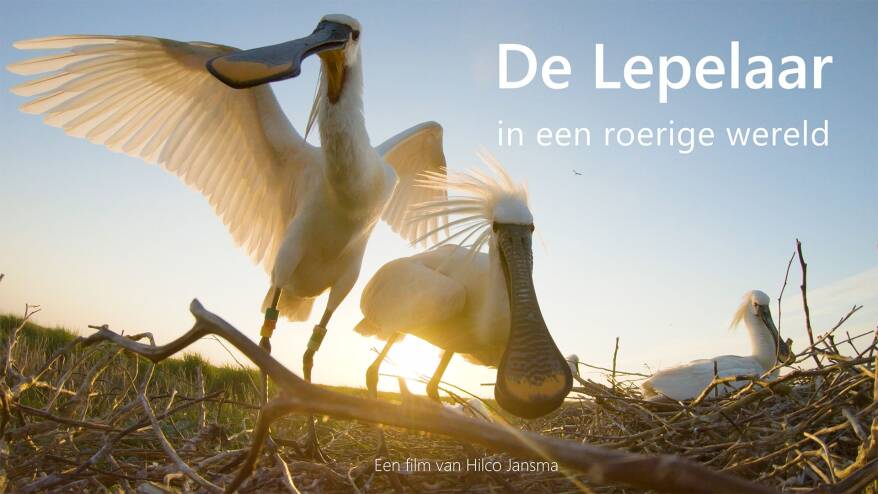
PHOTO: LINDA BRUINS
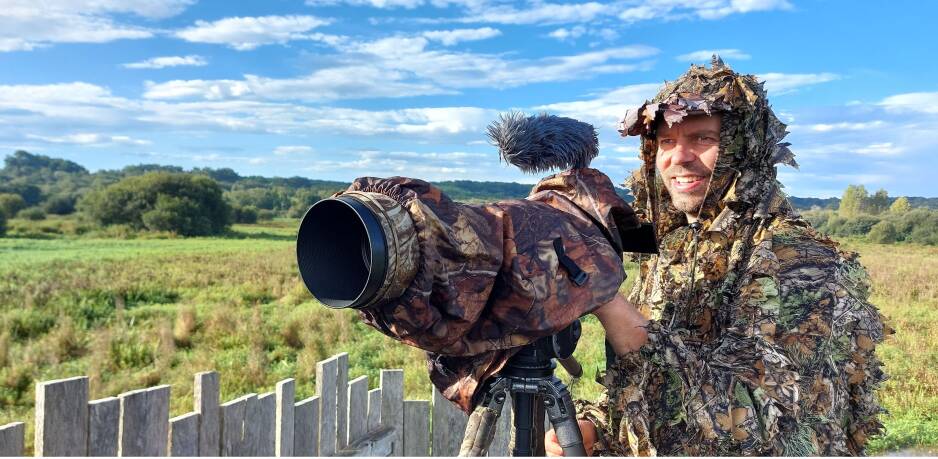
PROPOSITION
Mugdha Joglekar – Faculteit Medische Wetenschappen
‘If you pray for flowers don’t be surprised if it begins to rain’ (Anonymously).
TEXT: NIENKE BEINTEMA / IMAGES: STILLS FROM THE FILM
A new nature film of film maker Hilco Jansma will premiere on 2 April on the Dutch NPO channel:
De lepelaar in een roerige wereld [The spoonbill in a turbulent world]. The film tells the story of this iconic species of the Wadden region, which had virtually disappeared from our country half a century ago.
The species is making a remarkable comeback and once again breeds in the Wadden region,
as well as in other wetlands from Zeeland to Groningen.
Theunis Piersma
For this film, Jansma – who studied Biology at the University of Groningen and graduated in 2005— worked together with biologists from Groningen who have been studying this species for over twenty years. One of them is Theunis Piersma, professor in Global Flyway Ecology. ‘I got to watch the breeding colony on Schiermonnikoog, but I also followed the spoonbills to Bretagne and all the way to West Africa,’ Jansma explains. ‘One of the story-lines is that of a female spoonbill who was carrying a transmitter, allowing the researchers to follow her for years. In the end, Theunis wrote a book about her: Sinagote.’
Otter
Jansma previously rose to fame with his film De otter keert terug [The otter returns], which won several prizes. That film shows the otter as an ambassador for wetland protection and restoration. ‘The Spoonbill is also an ambassador,’ Jansma says. ‘It tells the story of the Wadden region and why it is so important, but also that of the people around it – the researchers, nature managers, volunteers, the international network – and the challenges for birds along the overall migration route.’
Bird migration peek
The otter was a difficult species to film because it is very shy and good at hiding. ‘We encountered other difficulties with the spoonbills,’ he explains. ‘Filming on the open wad without disturbing the birds, being able to capture certain birds wearing transmitters, driving a car filled with equipment to Southern Europe... While bird migration simultaneously peeks at several places. As a result, I spent three years filming the entire route, trying to capture the best images at all the locations, including as many spoonbills as possible.’
Enormous journey
Jansma primarily aims to inspire wonder with his film. ‘Many people know this species, but they don’t know anything about its behaviour and the enormous journey it embarks on every year,’ he says. ‘By introducing people to these ambassadors, we want to generate support for the protection of the birds and their natural habitat.’
The spoonbill in a
turbulent world
an iconic
migratory bird


READING TIME: 2 MINUTES

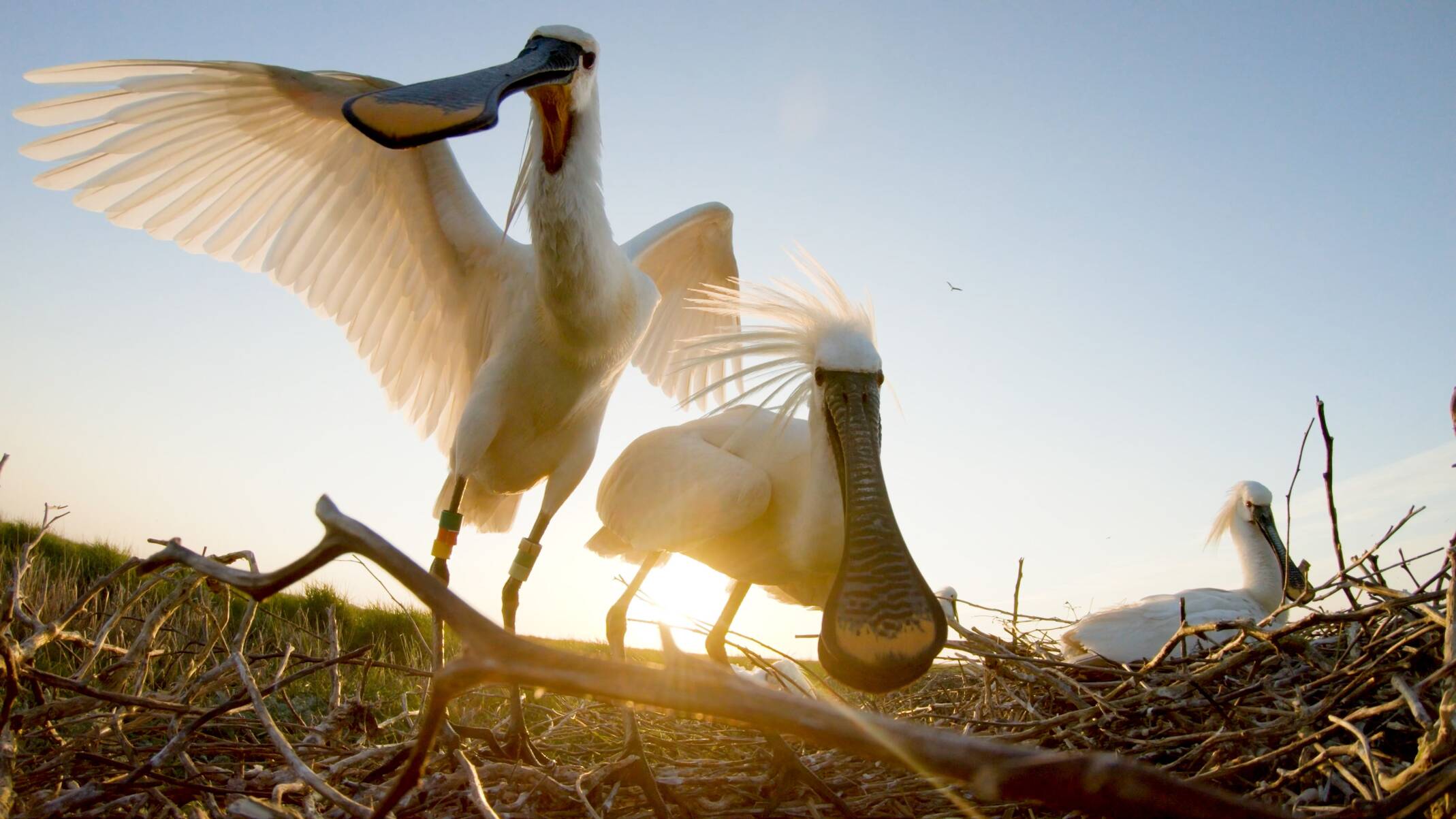
PROPOSITION
Mugdha Joglekar – Faculteit Medische Wetenschappen
‘If you pray for flowers don’t be surprised if it begins to rain’ (Anonymously).
De lepelaar in een roerige wereld.
2 April, Dutch television NPO 2, 8:30 p.m. or later on NPO Start
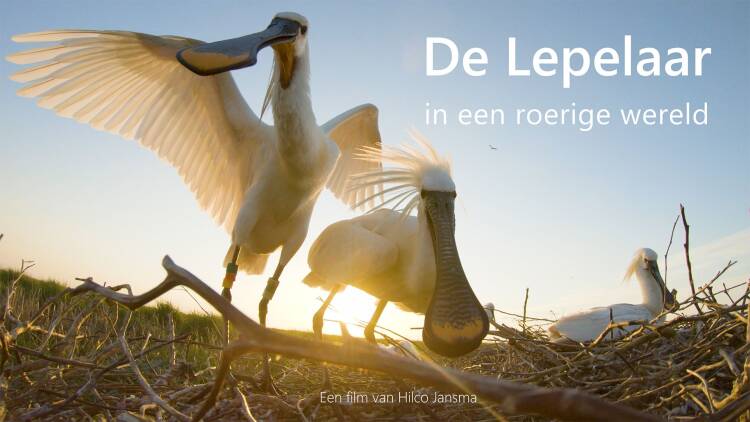
PHOTO: LINDA BRUINS
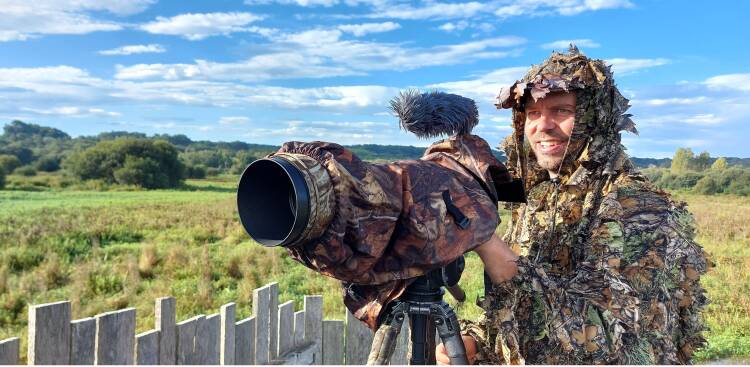
Theunis Piersma
For this film, Jansma – who studied Biology at the University of Groningen and graduated in 2005— worked together with biologists from Groningen who have been studying this species for over twenty years. One of them is Theunis Piersma, professor in Global Flyway Ecology. ‘I got to watch the breeding colony on Schiermonnikoog, but I also followed the spoonbills to Bretagne and all the way to West Africa,’ Jansma explains. ‘One of the story-lines is that of a female spoonbill who was carrying a transmitter, allowing the researchers to follow her for years. In the end, Theunis wrote a book about her: Sinagote.’
Otter
Jansma previously rose to fame with his film De otter keert terug [The otter returns], which won several prizes. That film shows the otter as an ambassador for wetland protection and restoration. ‘The Spoonbill is also an ambassador,’ Jansma says. ‘It tells the story of the Wadden region and why it is so important, but also that of the people around it – the researchers, nature managers, volunteers, the international network – and the challenges for birds along the overall migration route.’
Bird migration peek
The otter was a difficult species to film because it is very shy and good at hiding. ‘We encountered other difficulties with the spoonbills,’ he explains. ‘Filming on the open wad without disturbing the birds, being able to capture certain birds wearing transmitters, driving a car filled with equipment to Southern Europe... While bird migration simultaneously peeks at several places. As a result, I spent three years filming the entire route, trying to capture the best images at all the locations, including as many spoonbills as possible.’
Enormous journey
Jansma primarily aims to inspire wonder with his film. ‘Many people know this species, but they don’t know anything about its behaviour and the enormous journey it embarks on every year,’ he says. ‘By introducing people to these ambassadors, we want to generate support for the protection of the birds and their natural habitat.’
A new nature film of film maker
Hilco Jansma will premiere on 2 April on the Dutch NPO channel: De lepelaar in een roerige wereld [The spoonbill in a turbulent world]. The film tells the story of this iconic species of the Wadden region, which had virtually disappeared from our country half a century ago. The species is making a remarkable comeback and once again breeds in the Wadden region, as well as in other wetlands from Zeeland to Groningen.
TEXT: NIENKE BEINTEMA / IMAGES: STILLS FROM THE FILM